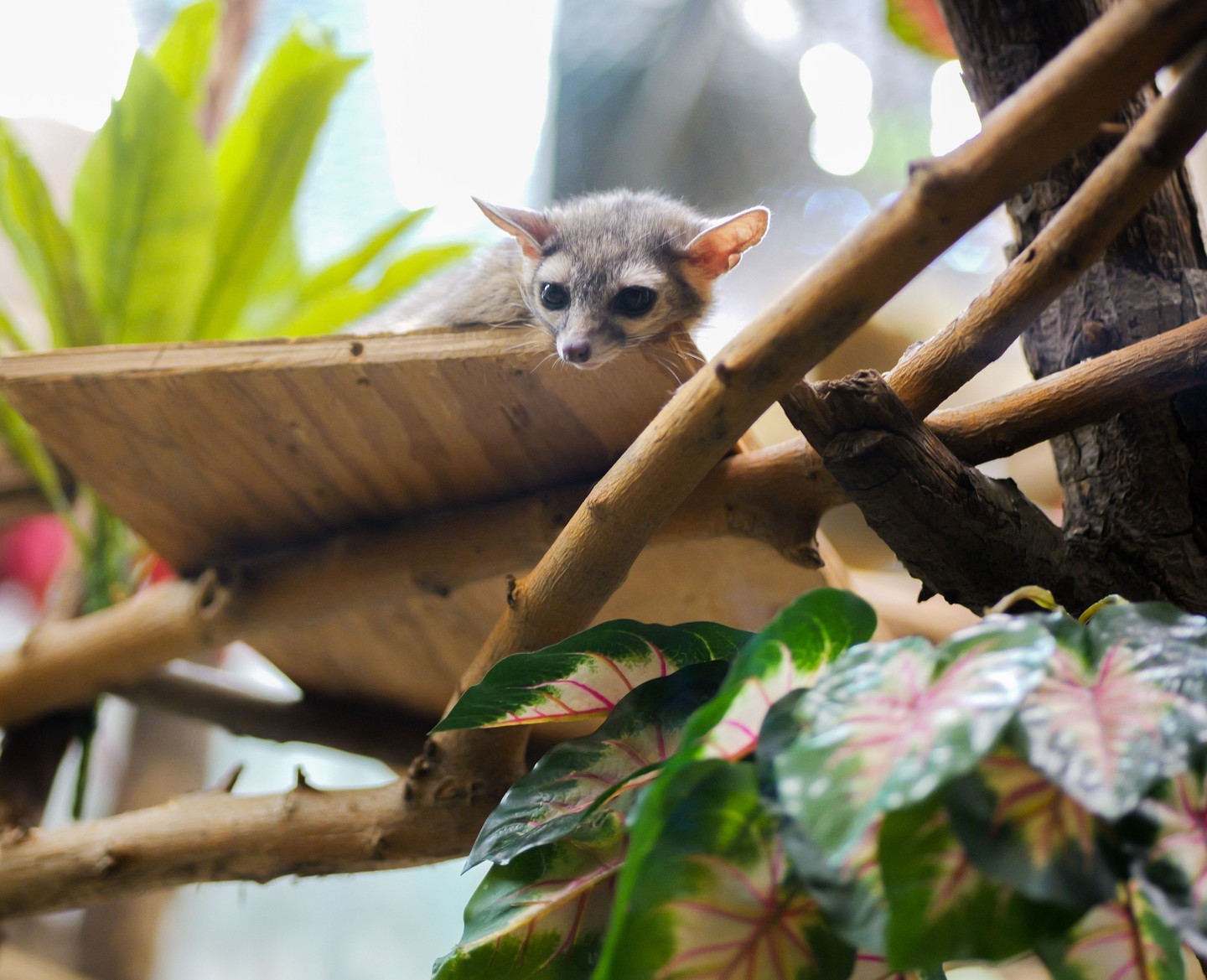Ringtail cats, often mistaken for feline creatures, are fascinating mammals that hold a surprising connection to raccoons. In this blog post, we will delve into these captivating animals’ unique and intriguing aspects. From their behavior and habitat to their remarkable survival techniques, we will explore what makes ringtail cats such incredible creatures.
Summary:
1. The Surprising Relationship: Despite their name, ringtail cats are not cats at all. Rather, they are more closely related to raccoons, sharing many similarities with these notorious masked bandits.
2. Habitat and Distribution: Ringtail cats are native to North America, particularly the southwestern regions such as Arizona, New Mexico, and Texas. They are highly adaptable animals and can thrive in various habitats, including deserts, woodlands, and rocky areas.
3. Social Structure and Behavior: Ringtail cats exhibit solitary behavior, although they can occasionally be found in small groups known as “communities.” They are primarily nocturnal creatures, spending their daylight hours sleeping in dens and becoming active under darkness.
4. Hunting and Diet: Due to their omnivorous nature, ringtail cats have a versatile diet that includes small mammals, birds, insects, and fruits. Their skilled climbing abilities enable them to pursue prey in trees and rocky cliffs.
5. Incredible Adaptations: From their agile bodies to their exceptional night vision, ringtail cats possess a range of adaptations that contribute to their survival in various environments. Their elongated tails, for instance, serve as balancing tools, aiding them while navigating narrow branches or leaping between rocks.
Now, let’s dive deeper into the enchanting world of ringtail cats.
Despite their misleading name, ringtail cats (Bassariscus astutus) are not cats. These intriguing creatures belong to the raccoon family (Procyonidae), sharing kinship with the masked bandit we often associate with their relatives. While ringtail cats may exhibit some feline features, their resemblance is superficial.
Native to North America, ringtail cats find their habitat primarily in the southwestern regions such as Arizona, New Mexico, and Texas. They are highly adaptive mammals, capable of dwelling in various environments, including deserts, woodlands, and rocky areas. This adaptability is part of what makes them such resilient creatures.
Ringtail cats are mainly solitary animals, though they occasionally form small communities. These communities are usually composed of females and their offspring. Conversely, males lead solitary lives, venturing out in search of mates during the breeding season. Their elusive nature and nocturnal habits make spotting these fascinating creatures rare for humans.
One of the most remarkable aspects of ringtail cats is their hunting behavior. Their agile bodies and keen senses make them skilled climbers and excellent predators. Their diet consists of a diverse range of prey, including small mammals, birds, insects, and fruits. Additionally, their sharp claws and long tails, measuring almost as long as their bodies, aid them while traversing their rugged environments.
Concerning their tails, ringtail cats’ most distinguishable feature is crucial to their survival. These elongated tails are a remarkable balancing tool, allowing them to navigate narrow branches and leap between rocks effortlessly. Their incredible agility makes them agile hunters and exceptional climbers, giving them an edge in capturing prey and escaping predators.
Regarding adaptations, ringtail cats possess many remarkable features contribute to their survival. Their dense fur provides camouflage and insulation, allowing them to blend seamlessly into their surroundings while protecting them from extreme temperatures. Furthermore, their large eyes and well-developed night vision enable them to easily navigate their nocturnal world.
Although their elusive nature and nocturnal lifestyle make it challenging to observe ringtail cats in the wild, their presence serves as a reminder of the diversity of nature. Their unique relationship with raccoons and their ability to thrive in various habitats highlight the innate adaptability of wildlife.
Next time you find yourself exploring the southwestern regions of North America, keep your eyes peeled for these elusive creatures. Discovering the world of ringtail cats brings us closer to the marvels of nature, reminding us of the extraordinary diversity within our backyard.
So, the next time you hear the name “ringtail cat,” remember that this captivating creature is not what it seems. With their surprising connection to raccoons, versatile adaptability, and remarkable survival techniques, they continue to captivate and inspire those fortunate enough to encounter them in the wild.
*****
Source Description
Although their name may suggest otherwise, ringtail cats are much more closely related to raccoons than actual cats!


